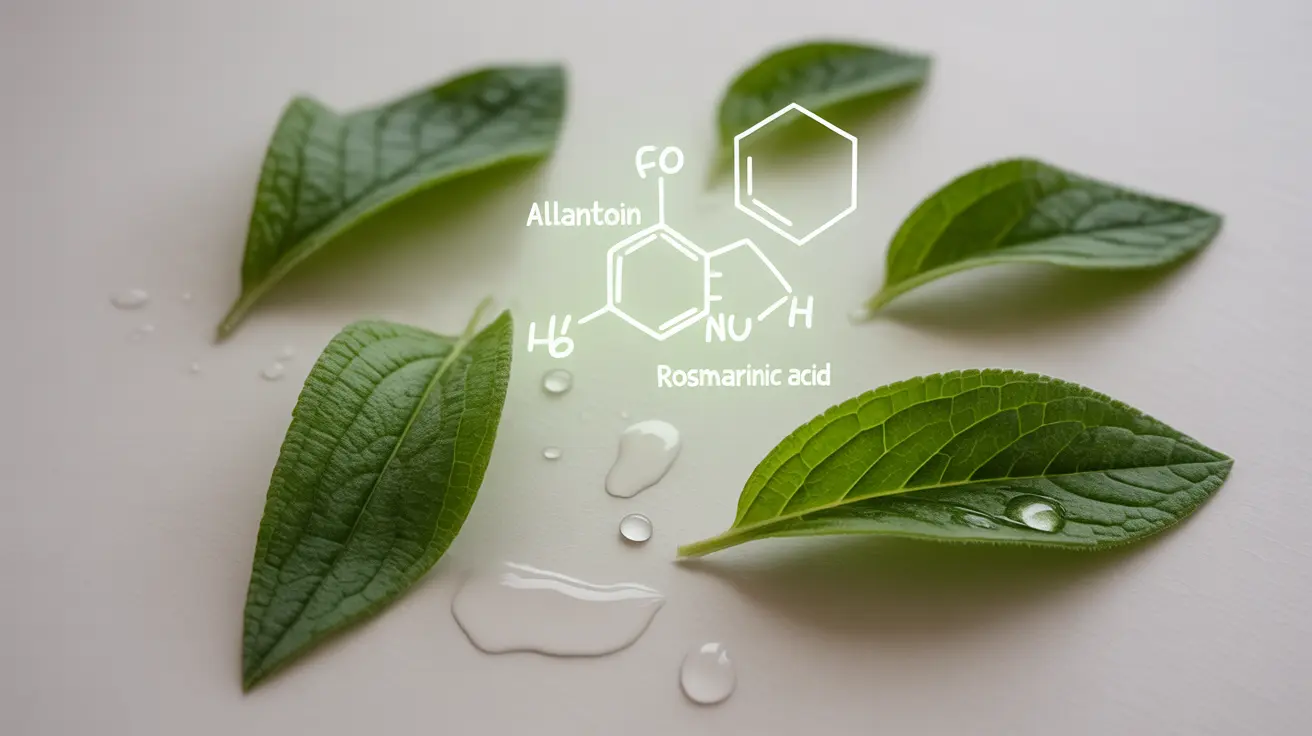Comfrey plant, traditionally known as "knitbone," has been used for centuries in herbal medicine for its remarkable healing properties. This perennial herb, scientifically known as Symphytum officinale, contains compounds that may help accelerate wound healing and reduce joint pain when applied topically. However, understanding its proper use and potential risks is crucial for safety.
Understanding Comfrey's Healing Properties
The therapeutic potential of comfrey lies in its active compounds, particularly allantoin and rosmarinic acid. These substances are known for their anti-inflammatory and cell-regenerating properties. When applied externally, these compounds work together to promote tissue repair and reduce inflammation.
Benefits of Topical Comfrey Applications
Wound Healing Support
Research suggests that topical comfrey preparations can accelerate the healing of minor wounds, bruises, and skin abrasions. The high concentration of allantoin helps stimulate cell growth and repair, while other compounds help reduce inflammation and discomfort.
Joint Pain Relief
Comfrey-based creams and ointments have shown promise in managing osteoarthritis pain and joint inflammation. Studies indicate that regular application can help reduce pain and improve mobility, particularly in knee and back conditions.
Muscle Injury Treatment
Athletes and individuals with acute muscle injuries may benefit from comfrey's anti-inflammatory properties. When applied topically, it can help reduce swelling and accelerate recovery from sprains and strains.
Important Safety Considerations
Risks of Internal Use
While comfrey has beneficial external applications, it should never be taken internally. The plant contains pyrrolizidine alkaloids (PAs), which can cause serious liver damage and other health complications. All oral preparations of comfrey have been banned in many countries due to these risks.
Proper External Application
- Only use commercially prepared products from reputable manufacturers
- Follow package instructions carefully
- Never apply to open wounds or broken skin
- Limit application to short-term use (no more than 10 consecutive days)
- Discontinue use if skin irritation occurs
Special Precautions
- Pregnant and nursing women
- Children under 12 years of age
- People with liver disease or dysfunction
- Individuals taking blood-thinning medications
- Those with a history of skin allergies
Frequently Asked Questions
What are the benefits of using comfrey plant topically for wound healing and joint pain?
Comfrey contains allantoin and rosmarinic acid, which can help accelerate wound healing, reduce inflammation, and alleviate joint pain when applied topically. It's particularly effective for minor wounds, bruises, and osteoarthritis-related discomfort.
Why is it unsafe to ingest comfrey, and what are the risks of oral use?
Ingesting comfrey is dangerous because it contains pyrrolizidine alkaloids (PAs), which can cause severe liver damage, liver failure, and potentially cancer. This is why oral comfrey products are banned in many countries.
How should comfrey creams or ointments be used safely for treating minor wounds or osteoarthritis?
Use only commercially prepared comfrey products, apply them to unbroken skin, and follow package instructions carefully. Limit use to 10 consecutive days, and avoid applying to open wounds. Always perform a patch test before full application.
Can comfrey help relieve pain and swelling caused by sprains or muscle injuries?
Yes, when applied topically, comfrey can help reduce pain and swelling associated with sprains and muscle injuries due to its anti-inflammatory properties and ability to promote tissue repair.
What precautions should be taken before applying comfrey to skin, especially for children or pregnant women?
Pregnant women and children under 12 should avoid using comfrey products. Always do a patch test first, use only on unbroken skin, and discontinue use if irritation occurs. Those with liver conditions or taking blood thinners should consult their healthcare provider before use.




